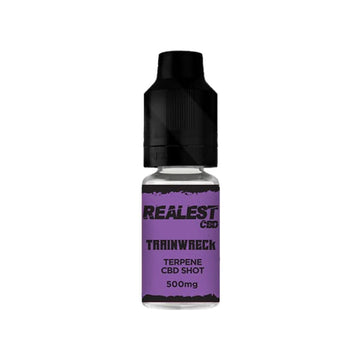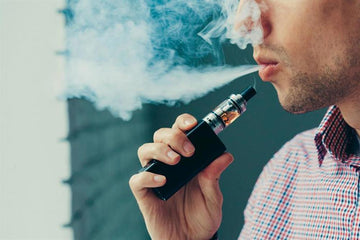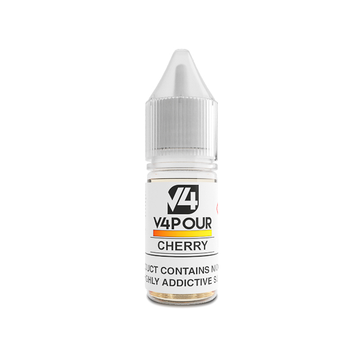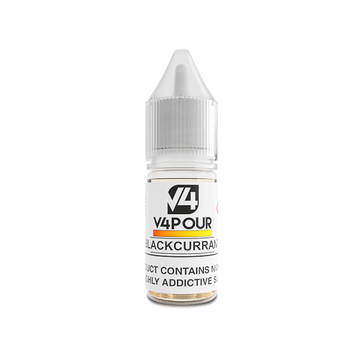Introduction
The vaping industry in the UK is on the brink of significant regulatory changes that will impact vapers, retailers, and manufacturers alike. As the government aims to strike a balance between promoting vaping as a harm reduction tool and safeguarding public health, it's crucial to stay informed about the impending law changes. In this detailed blog, we'll explore the upcoming vaping regulations in the UK and provide you with a comprehensive guide to navigating these changes.
The Evolving Vaping Landscape
Vaping, once considered an innovative alternative to smoking, has evolved into a cultural phenomenon. Recognizing its potential as a harm reduction tool, the UK government has taken a proactive approach to regulate the industry effectively.
The Tobacco and Related Products Regulations (TRPR)
The cornerstone of vaping regulation in the UK is the Tobacco and Related Products Regulations (TRPR), enacted in 2016. These regulations established guidelines for e-cigarette products, including safety requirements, packaging, labeling, and advertising restrictions. However, as the vaping industry continues to expand, the TRPR is undergoing updates to address emerging challenges and concerns.
Upcoming Changes
1. Nicotine Strength Limits: One of the most significant changes set to come into effect is the restriction on nicotine strength in e-liquids. Starting [specific date], the maximum nicotine strength for e-liquids will be capped at [X] mg/ml. This change aims to minimize the risk of nicotine poisoning, especially among new vapers.
2. Online Sales Restrictions: To prevent underage access to vaping products, the updated regulations will impose stricter online sales regulations. Retailers will be required to implement robust age verification processes, ensuring that only adults can purchase vaping products online.
3. Health Warnings and Packaging: Packaging requirements are also undergoing a revamp. Vape products will now need to feature larger health warnings, similar to those found on tobacco products. This change aims to provide consumers with clearer information about potential risks associated with vaping.
4. Reporting Requirements: Manufacturers and retailers will be subject to enhanced reporting obligations. This includes submitting detailed ingredient information and safety data for each product to relevant authorities. This move aims to ensure transparency and accountability within the industry.
5. Advertising Restrictions: Stricter advertising regulations are anticipated, particularly in terms of where vaping products can be promoted. The changes will likely limit advertising in public spaces and online platforms frequented by minors.
Implications for Vapers, Retailers, and Manufacturers
For Vapers: If you're a vaper, these changes mean being aware of the nicotine strength limits and staying informed about the health warnings on your chosen products. It's also essential to verify the age verification processes of online retailers to ensure compliance with the new regulations.
For Retailers: Retailers need to adapt to the stricter online sales regulations and invest in effective age verification systems. Compliance with reporting requirements and updated packaging guidelines will be crucial to avoid penalties.
For Manufacturers: Manufacturers must prepare for more rigorous reporting obligations and ensure their products adhere to the new packaging and labeling requirements. Collaborating with retailers to implement effective age verification processes will also be necessary.
Staying Informed and Adapting
As the vaping industry undergoes these regulatory changes, staying informed is key. Regularly check official government sources and industry updates to ensure you're aware of the latest developments. Whether you're a vaper, retailer, or manufacturer, adapting to these changes demonstrates a commitment to responsible vaping practices and public health.
Conclusion
The UK vaping industry is poised for transformation with the upcoming law changes. These regulations, aimed at safeguarding both vapers and non-vapers, reflect the government's commitment to finding the right balance between harm reduction and regulation. By understanding and adhering to the new requirements, stakeholders within the industry can contribute to a safer and more responsible vaping landscape in the UK.
Remember, embracing these changes requires vigilance, collaboration, and a commitment to making informed choices that prioritize public health and well-being.































